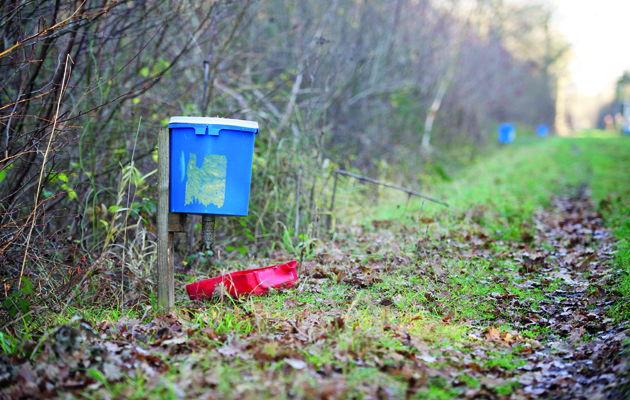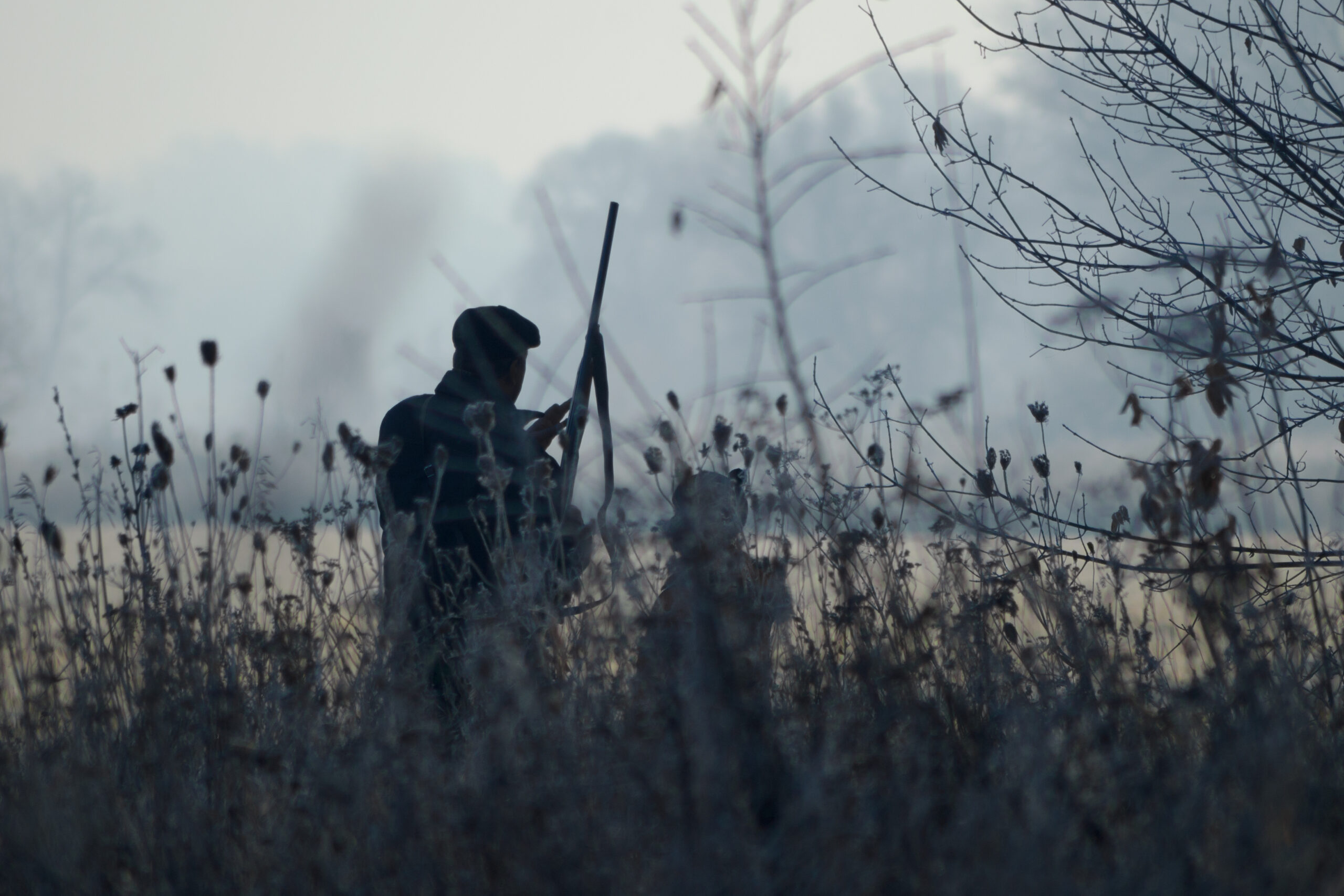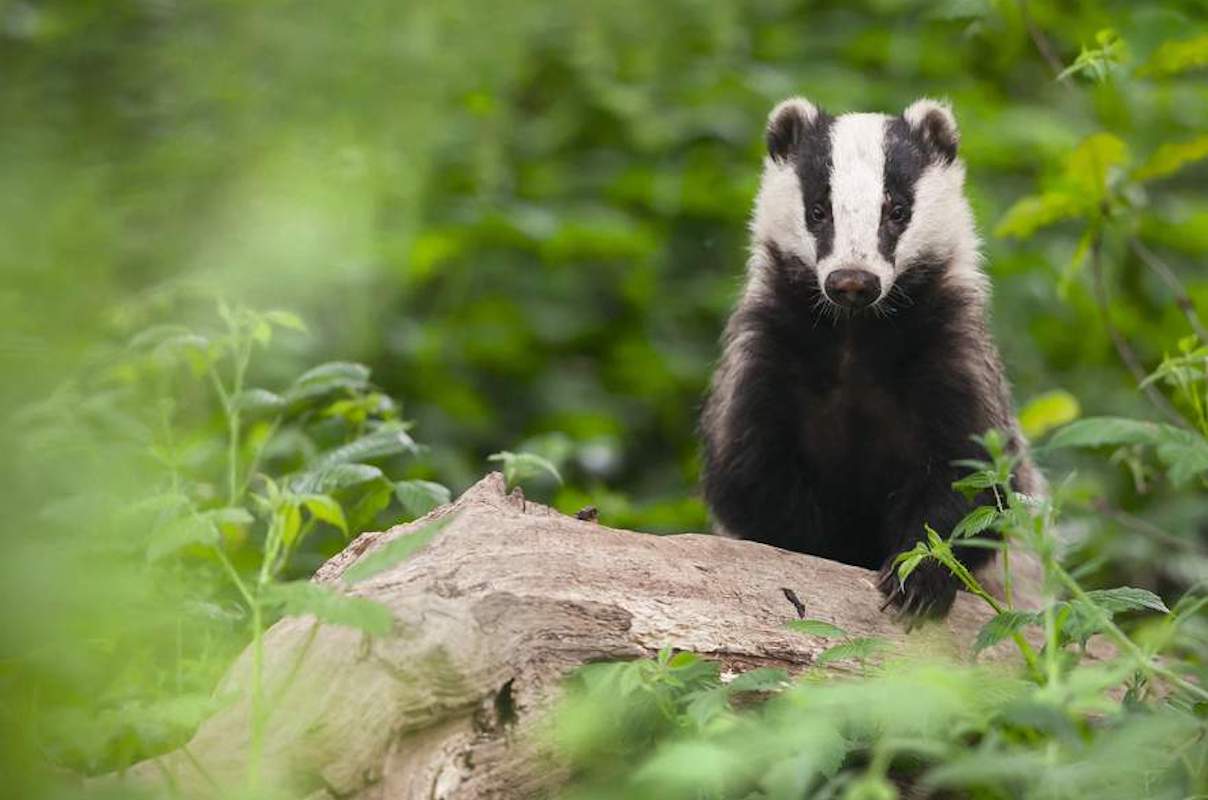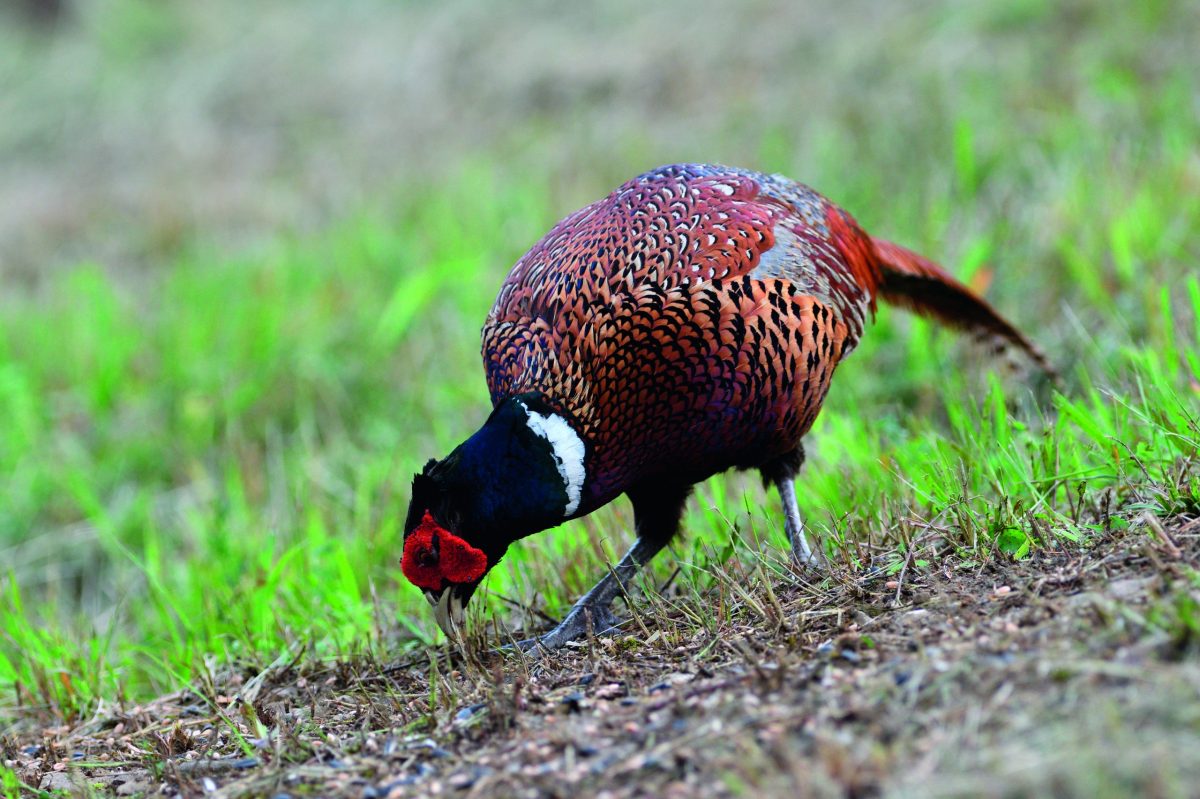Supplementary feeding the birds
Supplementary feeding will see wild game birds through the spring and help our struggling songbirds, says Austin Weldon.
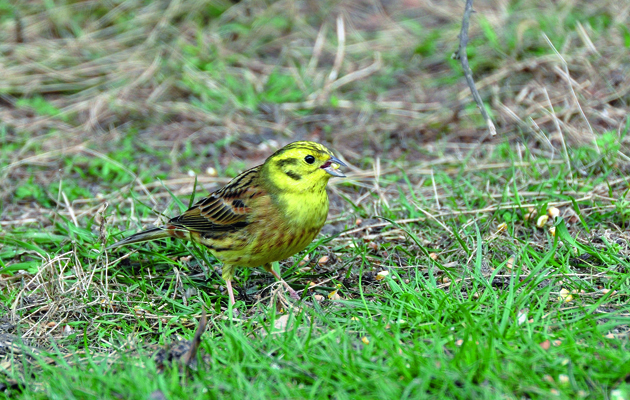
Winter and spring are difficult times for game and wildlife. Habitat is in short supply having been beaten down by strong winds and sharp frosts, and the climate is cold, which coupled with a scarcity of food puts demands on fat reserves and body condition. Many gamekeepers are aware of the importance of caring for game once the shooting season has passed, but all shoots should be feeding their game long after. The Code of Good Shooting Practice says until the end of May.
Not only does supplementary feeding benefit game, a whole host of seed-eating songbirds will appreciate your efforts. Our long-term monitoring of songbirds at the Allerton Project suggests that, for those species that use feed hoppers, breeding numbers were 30 per cent higher in years with winter feeding than in years without. Species such as stock dove, tree sparrow, yellowhammer and reed bunting all make regular use of feed hoppers filled with wheat.
The importance of feeding game in the spring was shown in research the GWCT carried out on the contents of grey partridge crops during the 1930s. This was considered to be a golden age for the grey partridge, our premier game bird, which thrived on less intensive agriculture. The table on the next page is an extract from the Advisory Services supplementary feeding guidelines leaflet and shows that even in good habitats seed and grain are difficult to find through the hungry gap of January to May.
Hopping it
So what can game managers do to help wild and released game? We know that wheat provides high calorific food. Historically, grass, clover and the leaves of similar plants feature heavily in the diet of game birds through the winter and spring, but they take time to collect and provide little nutrition. To put this into perspective, one gram of wheat provides the dry weight value of 24 pecks of green leaves. This isn’t to say that game birds should be neglecting their five-a-day requirements, rather that wheat will provide more energy for less effort. A bird in good condition will fly better, be more alert and consequently is better equipped to avoid predation. It could also make a better attempt at breeding. These factors add up to higher survival rates and when it comes to breeding, our research showed that on average 85 per cent more chicks are fledged when the adults have been spring fed. What better than having a stock of wild game to supplement and reduce the need for releasing?
Feeding from hoppers is preferable to spin feeding and reduces waste and consequently loss by scavengers. A five gallon metal drum with slits cut in the underside with a chisel and then suspended 16 – 18in off the ground is difficult for rats to raid, but perfect for pheasants. Partridges may find it easier if the hopper is lower, we suggest 12in.
Hoppers should not be static features and must be moved to suit the time of year. During the shooting season they need to be located where you want to drive pheasants out of and in small clusters, which makes feeding quicker.
When spring arrives and the birds start breeding, a different approach to hopper placement is required and this is where there are some differences between the requirements of pheasants and grey partridges.
Pheasants prefer shrubby cover alongside woodland edge, rides within larger woodlands, tussocky grass margins and field corners. Hoppers should be placed at 100-150-metre intervals along these habitats. Typically one cock bird will establish a territory next to the hopper and his harem will nest nearby.
Grey partridge coveys split up and start prospecting for nesting areas as early as December in mild winters and being a bird of open landscapes, hoppers should be located accordingly. If you have grey partridges creating grassy margins and beetle banks with hoppers at frequent intervals along them will boost nesting attempts. Locating hoppers close to escape cover is important to help reduce predation by raptors such as sparrowhawks.
Management of the landscape is an excellent way to increase food availability. Having a farming plan which provides over-wintered stubbles is very important and will support many bird species. Leaving stubbles unsprayed will ensure that a flush of late weeds will be available for wildlife. These stubbles can also be supplemented with a cover crop of mustard, which can be broadcast into the crop shortly before harvest. The mustard will then romp away once the crop is harvested, but will be still too small to interfere with the combine. Not only will the mustard provide shelter and some food it will also make a useful place to ambush a pheasant if located appropriately.
Rat attack
One of the downsides of supplementary feeding is the impact this can have on rats and other scavengers. Rat numbers are an increasing problem in the countryside, particularly in areas where maize is grown for game cover. Rat boxes, generally used with a poison bait block and designed to prevent non-target species taking the bait (if unsure, consult the Code of Good Shooting Practice: www.gwct.org.uk/game/advice/code-of-good-shooting-practice/), should be located next to hoppers and the use of tunnel traps coupled with moving hoppers on a regular basis are necessary ways of controlling this destructive pest.
Once the feeding season is over the contents can be allowed to gradually run out until the following autumn. This provides a good opportunity to collect up hoppers and replace any which have become tired or damaged.

